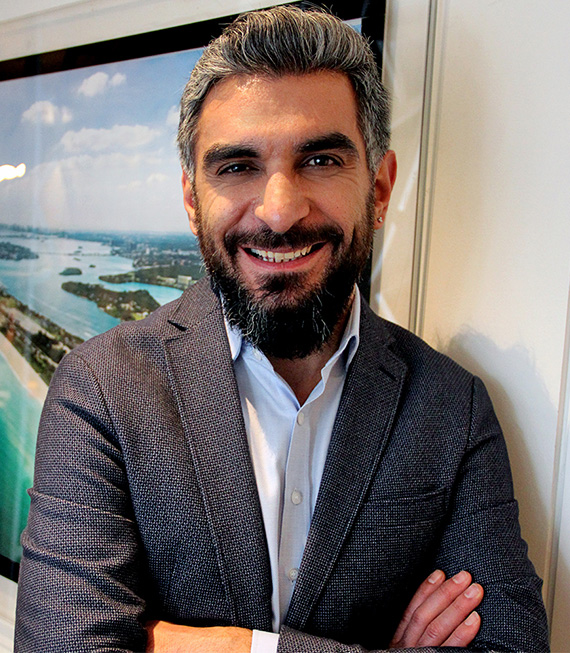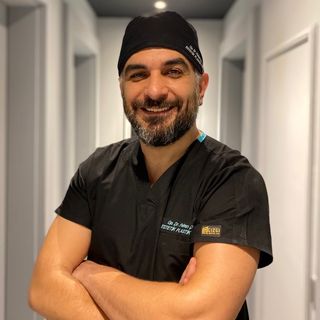
WHAT IS REVISION RHINOPLASTY?
WHO CAN HAVE A REVISION RHINOPLASTY?


HOW IS REVISION RHINOPLASTY PERFORMED?
WHAT TO PAY ATTENTION TO?
Revision rhinoplasty is a serious and difficult surgery. In addition to the inherent difficulty of rhinoplasty operations, the fact that the goal of the operation is to correct the results of a first, failed rhinoplasty operation provides additional difficulty. When these difficulties are combined, the factors to be considered by the patient and the doctor increase.
In order for the results of the operation to be complete and successful, all recommendations given by the doctor before and after the operation should be strictly followed. Habits such as smoking and alcohol that impair healing factors should be avoided; blood thinners should be discontinued at least one week before the operation. As part of the process following surgery, there may be splints and pads placed in the nasal area. It is important to keep the surgical area away from impact until the doctor confirms that the results of the surgery are resolved.


WHAT ARE THE ADVANTAGES OF REVISION RHINOPLASTY?
The main advantage of revision surgeries is that patients will have experienced the process they will face in a second surgery. They will therefore be able to describe the desired results in a complete and comprehensive manner.
- If, in spite of rhinoplasty, deformities or an undesirable appearance of the nose area occur, it is possible to correct this situation by a revision operation.
- After the operation, the nose becomes proportional to the face, pleasing to the eye and more capable of performing its basic functions.
- After a successful revision surgery, other problems such as the inability to breathe through the nose can also be resolved.
- The results of the operation vary from patient to patient. Although planning the process fully and accurately is the key to success, the results are unstable due to some situations that could not be taken into account beforehand.
HEALING PROCESS
The planning of revision rhinoplasty operations varies from patient to patient, according to the way the previous surgery was performed. The recovery processes also follow this principle. During the dialogue between the doctor and the patient, the recovery process should be explained to the patient in terms of how the operation is performed. To talk about the process in general:
- The operation is performed under general anesthesia and the patient is discharged one day after the operation. It takes approximately 6 months to 1 year to obtain the final results. The first results closest to the final result can be obtained at the end of the third month.
- Bruising, edema and swelling may occur after the operation, which usually decreases significantly at the end of the first week and completely disappears in the following days.
- As a result, revision rhinoplasty surgeries are more difficult than standard rhinoplasty surgeries, where more variables are calculated.
Therefore, revision rhinoplasty operations are more difficult than standard rhinoplasty operations, and more variables are calculated. Although there are several advantages to performing the surgeries, it is more rational to not have to perform revision surgeries by examining the work properly.




